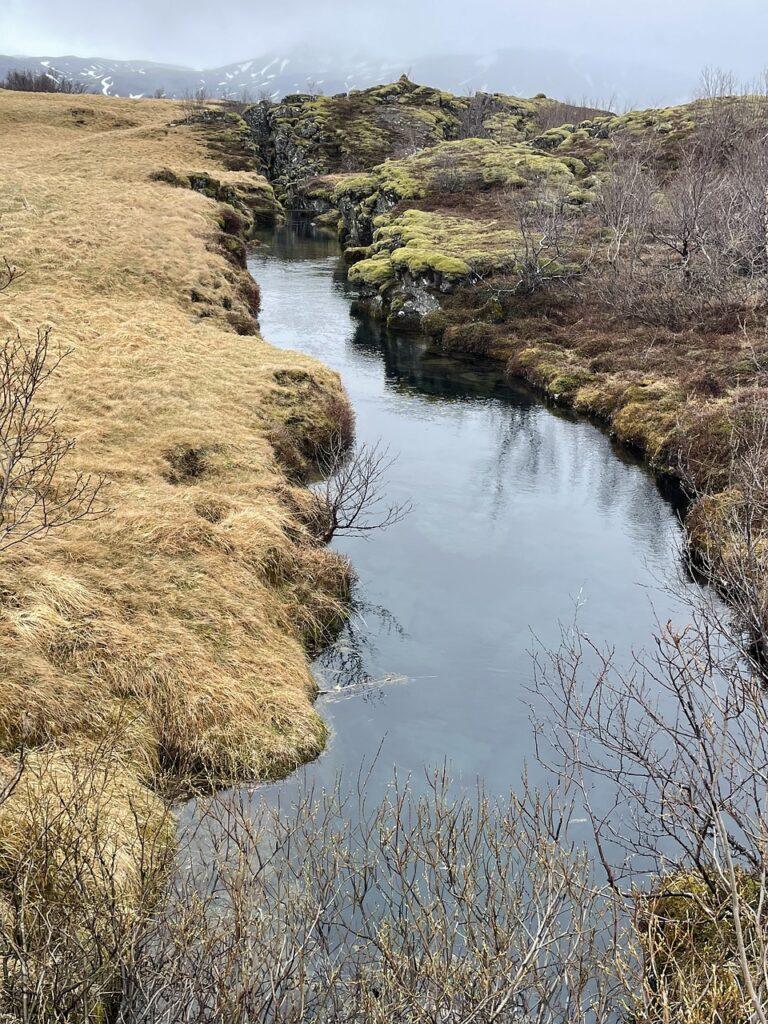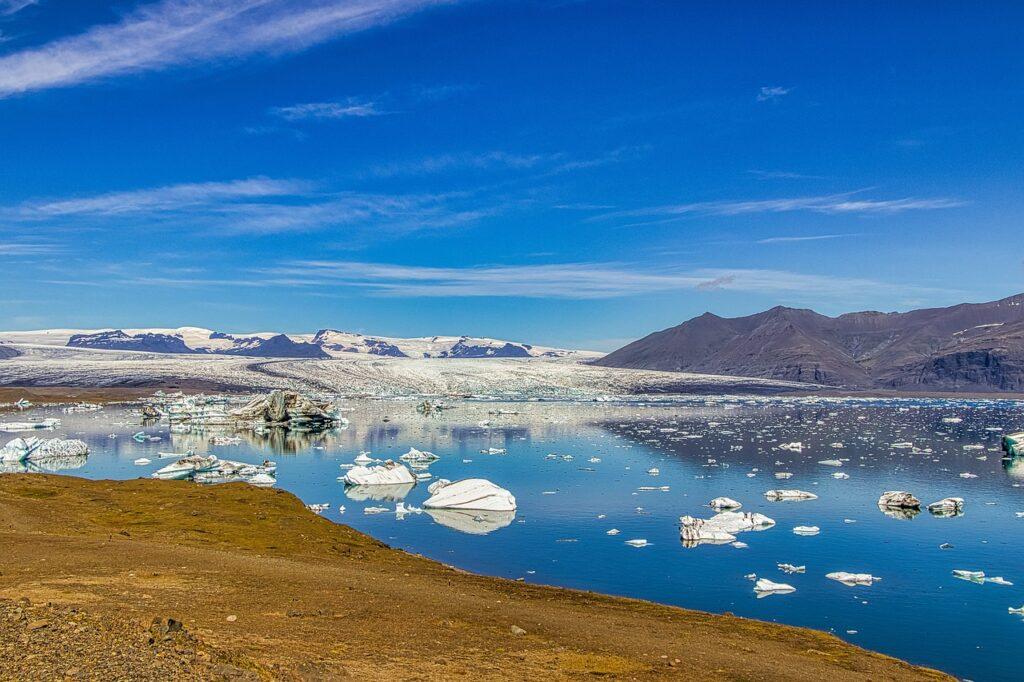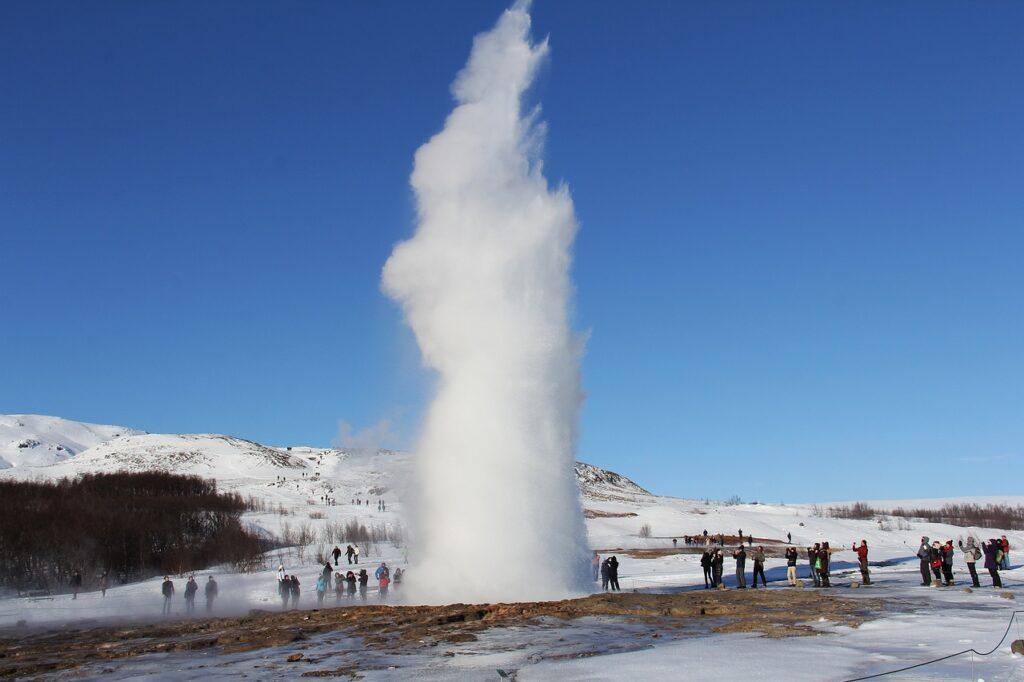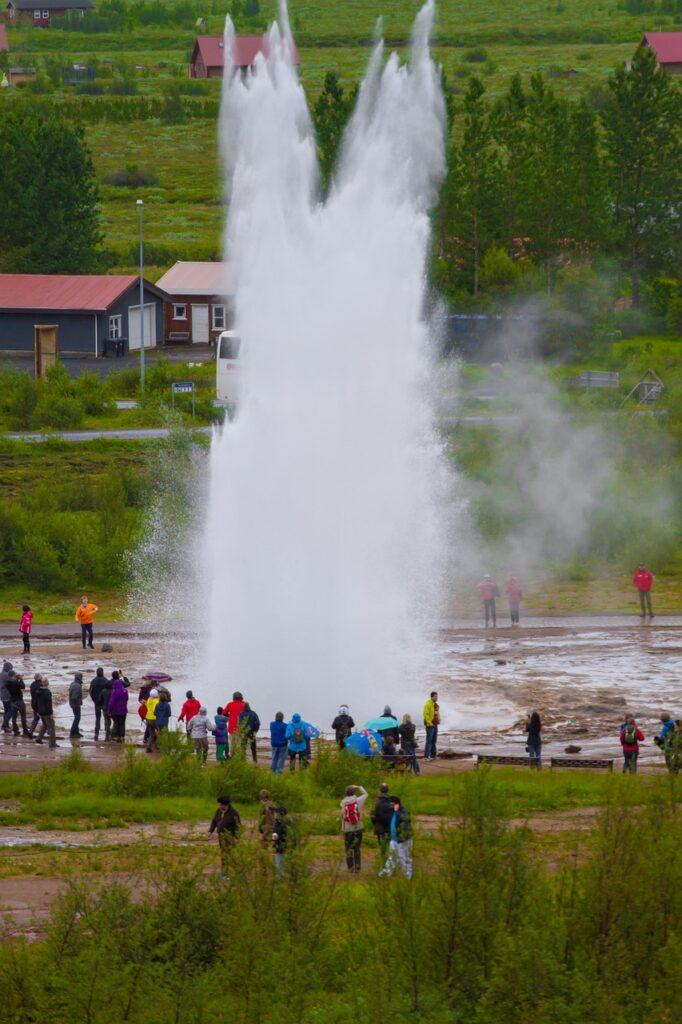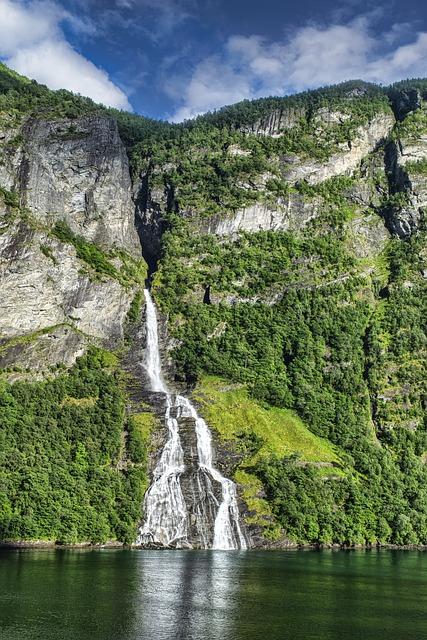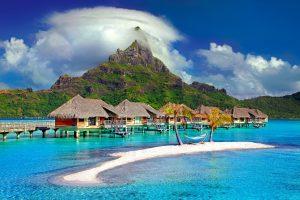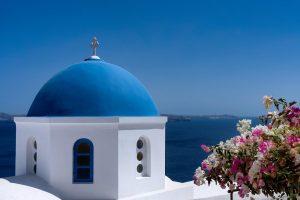The Wonders of Iceland’s Unique Geology
Ever had the feeling of landing on another planet? Don’t worry, no need to sign up for a space mission just yet. That alien-like sense of awe—that’s what Iceland’s breathtaking geology evokes. The Wonders of Iceland unfold as no two landscapes are alike here. Mother Nature throws a curveball in Iceland as kilometer-long glaciers rub shoulders with roaring volcanoes and geysers burst in between the eerily mesmerizing lava fields. And that’s just the tip of the, erm, iceberg!
How Iceland’s Geology Shapes its Landscape
Imagine watching a 3D movie but the glasses are actual geological features, and the film is the Earth’s story. Pretty cool, right? The spectacle of Iceland’s landscape unfolds in a symphony of fire and ice, with its terrain molded by extreme geological forces over millions—yes, millions— of years. Expect a dizzying array of geysers, thermal springs, cliffs, and fjords, all baked into breadcrumbs for our geology-themed scavenger hunt.
Importance of Understanding Iceland’s Geological Features
Why play Spot the Geological Feature in Iceland? Well, it’s not just for the Instagrammable backdrop (fried ice caps, anyone?). You see, the island’s unique geology doesn’t just shape its land – it shapes its life, too, providing lessons in environmental resilience, sustainable energy, and even climate change. Plus, understanding its geology is like lifting a veil off the island’s storied history and secrets.
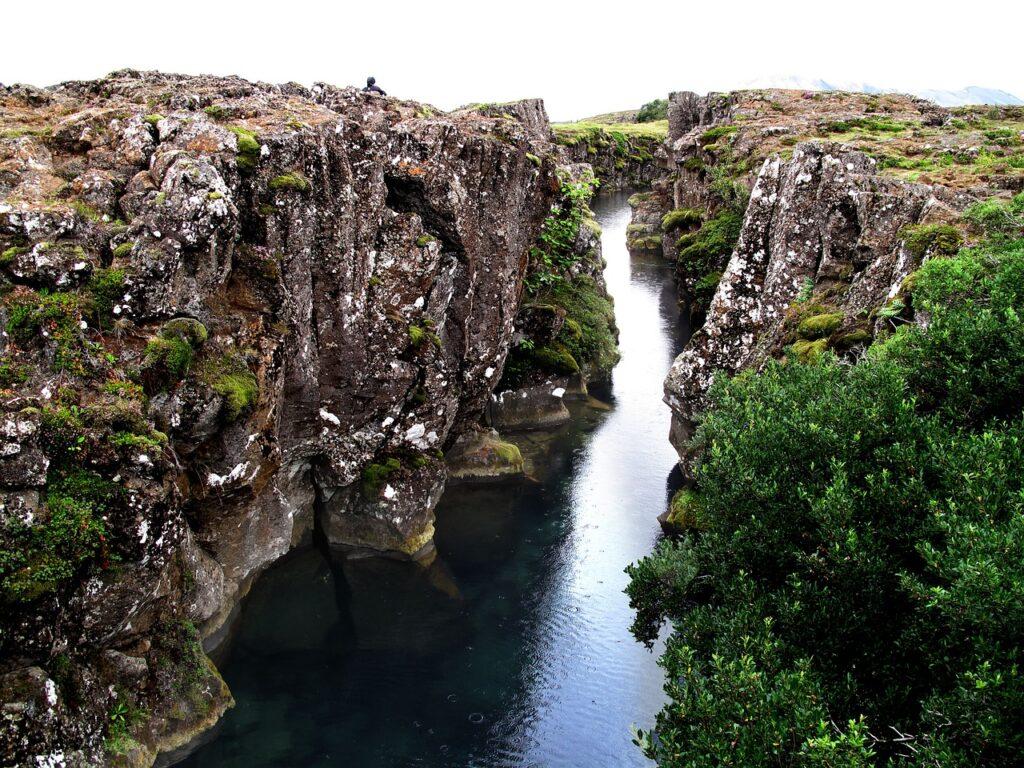
I. Iceland’s Wonder’s at the Rift: Tectonic Plates converge in beauty
A. Explanation of the Mid-Atlantic Ridge
Ready for some tectonic twerking? Parting away from each other faster than celebrity break-ups, the North American and Eurasian tectonic plates form the Mid-Atlantic Ridge, running smack dab through Iceland. Considering that most of it lies hidden underwater, Iceland offers a rare peek into these geologic shenanigans.
Wonders of Iceland
B. Description of the Silfra Fissure: Where Two Continents Meet
Ever wanted to touch two continents at once or maybe even dive between them? Well, brace yourself for Silfra Fissure. It’s like Mother Nature’s two-for-one special, where you can drift through a crystal-clear rift between two tectonic plates. It’s like being sandwiched between two continents- just remember, no munching on the geological sandwich.
C. How Plate Tectonics Influences Iceland’s Geology
Iceland is like a Petri dish for plate tectonics. The rift between the plates means a slurry of magma from the Earth’s mantle wells up to the surface, oozing out to form the lava fields and enriching the island’s soil while inflating it like a balloon. And you thought only helium could do that!
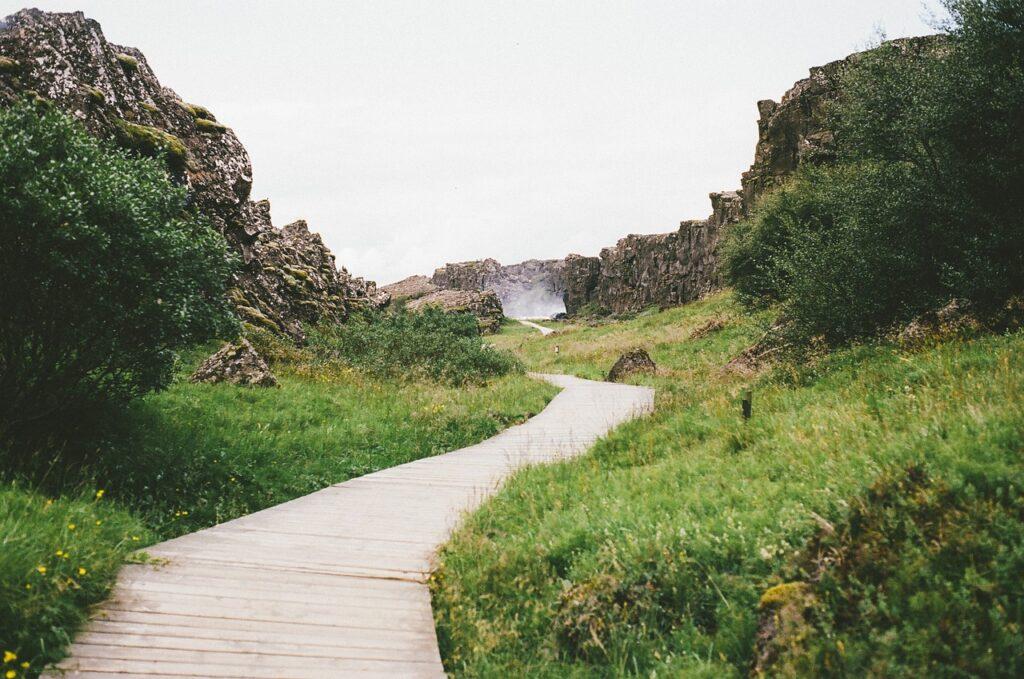
II. Volcanoes and Lava Fields: Fire Under the Ice – The Wonders of Iceland
A. Understanding Iceland’s High Volcanic Activity
Think your home life is dynamic? Try living in Iceland with an active volcano for a neighbor. With over 130 volcanic mountains and an eruption every 4 to 5 years on average, Iceland is pretty much the world’s live volcano theater.
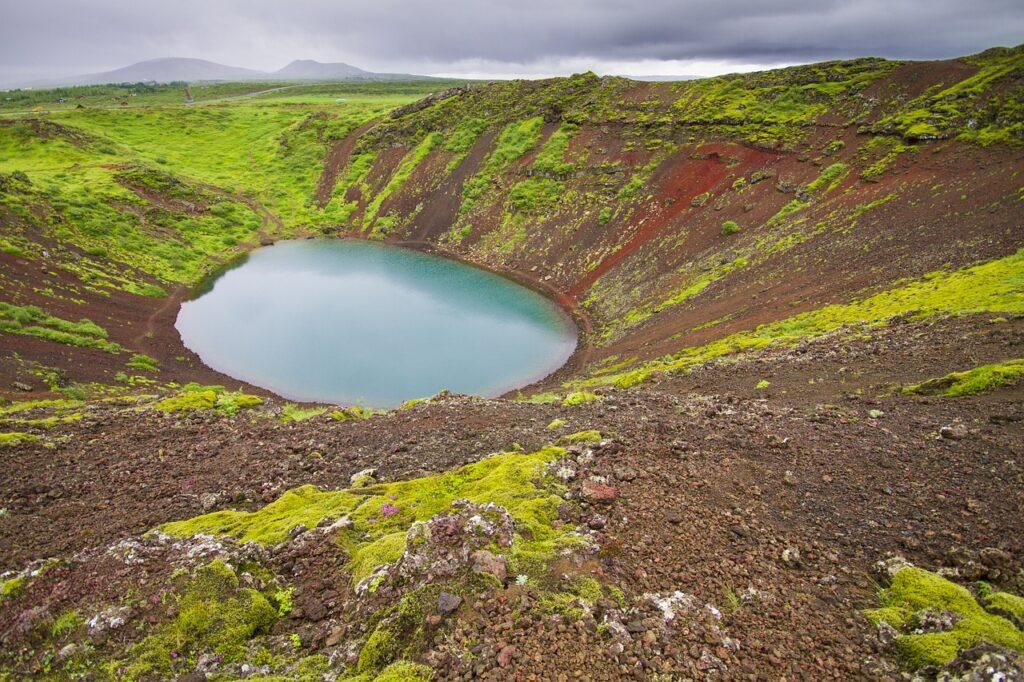
B. Tour of Notable Volcanoes and Lava Fields: Eyjafjallajökull, Eldhraun and More
Remember trying to pronounce Eyjafjallajökull during its 2010 eruption? Score some geographic bragging rights by actually visiting it! That’s not all, though. The massive Eldhraun lava field, formed by the fiery temper tantrum of the Laki volcano, and the otherworldly black desert of Holuhraun are just starter-pack ideas for your volcanic voyage.
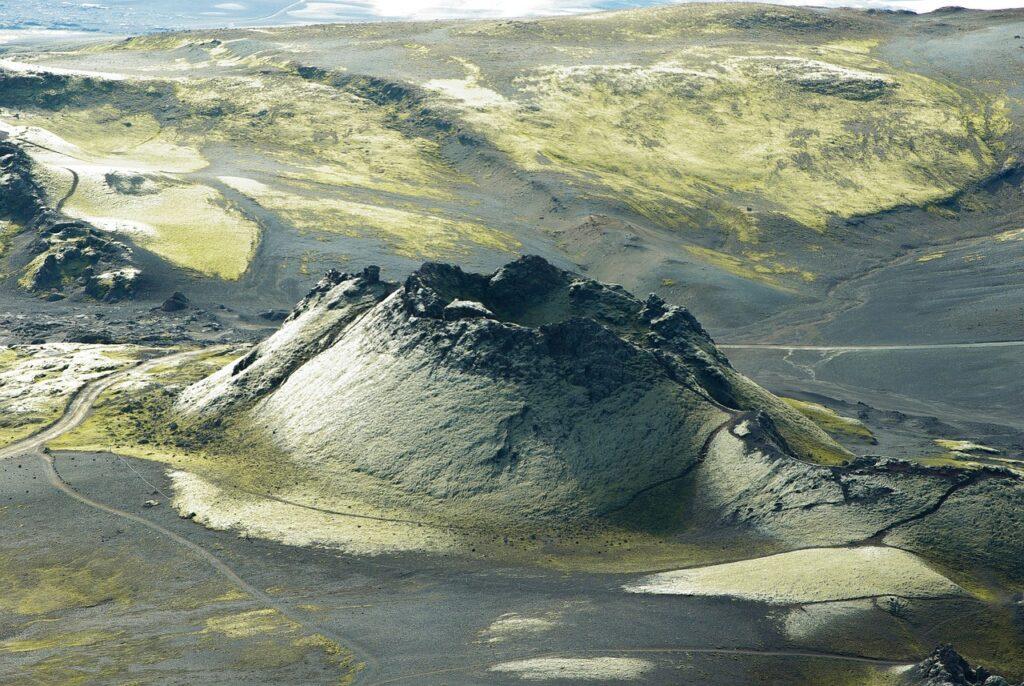
C. Significance of Volcanism in Shaping Iceland’s Landscape
Volcanism in Iceland is more than just fireworks and hard-to-pronounce place names. Their eruptions engineered the very land, spewing lava and ash that became soil, hills, and plains over time. Add to it the glaciers that shape those plains and valleys when molten rock meets ice, and voilà—you’ve got yourself a signature Icelandic landscape.
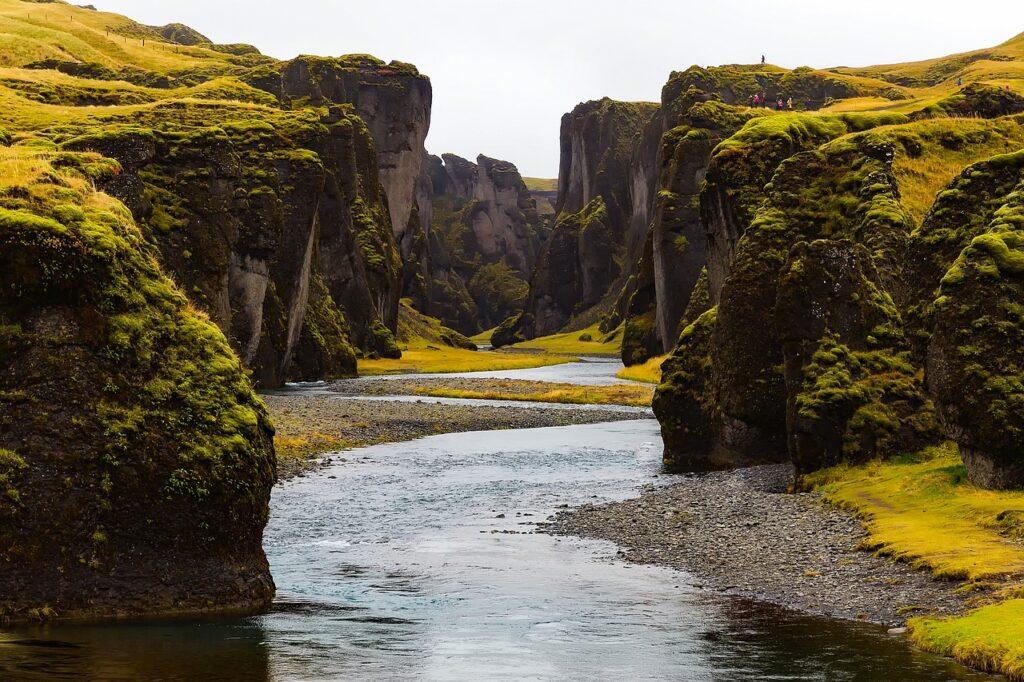
III. The Spellbinding Glaciers: The Wonders of Iceland
A. Exploration of the Largest Glaciers: Vatnajokull, Langjökull, and Others
When you’re in Iceland, you’ll realize that the phrase “tip of the iceberg” isn’t just gibberish from the Titanic movie. You’ll get up, close, and personal with soaring ice caps, like the whopping Vatnajokull, that cap the mountains and valleys, creating a stunning, shimmering world of white.
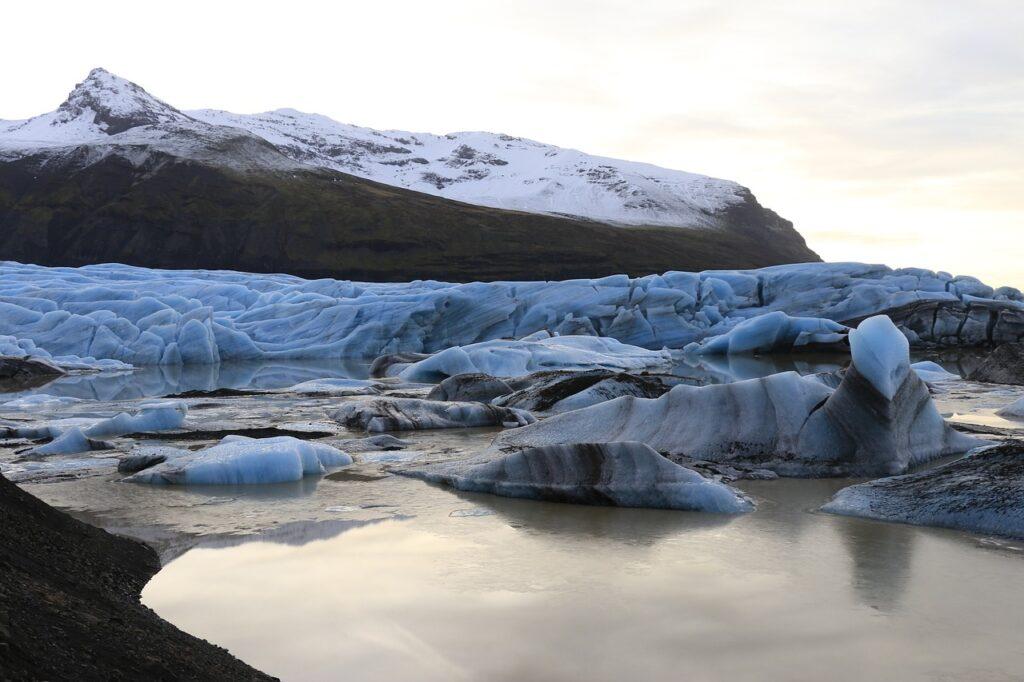
B. Evolution of Glacial Landscape Over Time
Iceland’s glaciers are a bit like time travelers. They’ve been around since the last Ice Age and have seen the evolution of the landscape from their frosty perch. They’ve played an integral part in crafting the land, helping sculpt the valleys and fjords that make Iceland so – well – breathtakingly Icelandic.
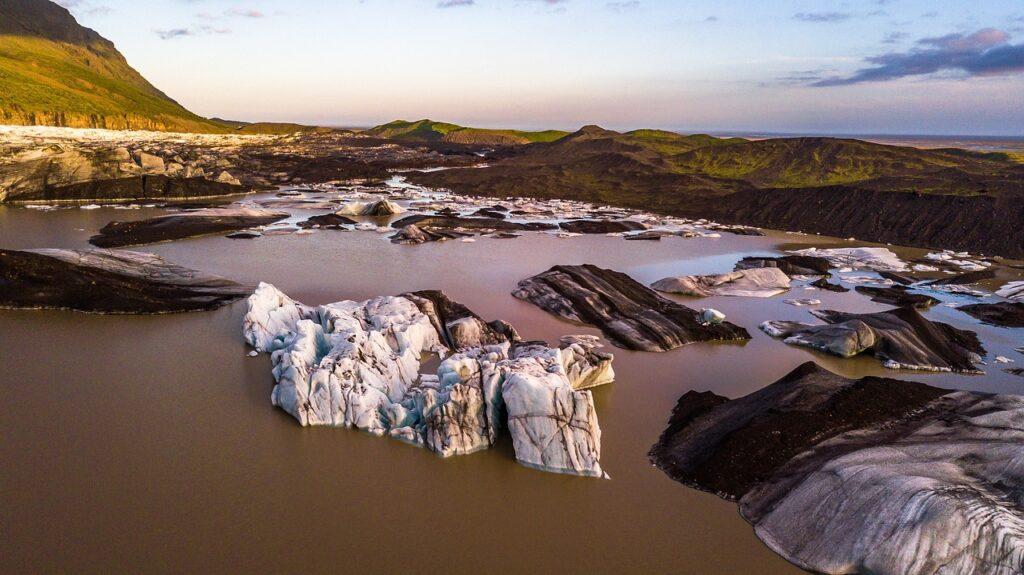
C. Insights on Glacial Retreat and its Consequences
No, your eyes are not playing tricks on you. Iceland’s glaciers are indeed shrinking due to rising global temperatures, tears shedding faster than you can say “global warming.” Their retreat provides stark insights into the impacts of climate change—consequences that are felt in ecosystems far beyond Iceland’s frosty shores.
IV. Geothermal Marvels: Hot Springs, Geysers, and Thermal Pools – The Wonders of Iceland
A. Unveiling the Mysteries of Geothermal Activity in Iceland
Unsure of what to take on your Icelandic sojourn? How about a dip in the hot springs or a steamy face-off with geysers? Earth’s internal steam engine manifests itself through the geothermal marvels that dot the Icelandic landscape, adding a touch of mystique and providing pretty awesome bathing options. Talk about natural luxury!
B. Visit Famous Geothermal Spots: The Blue Lagoon, Geyser and Others
From soapy dreams in the Blue Lagoon to playing ‘guess – when – I – will – erupt – next’ with the Great Geyser, the geothermal wonders of Iceland serve up a steamy slice of life. These thermal playgrounds aren’t just tourist magnets – they’re also a testament to the island’s geothermal prowess.
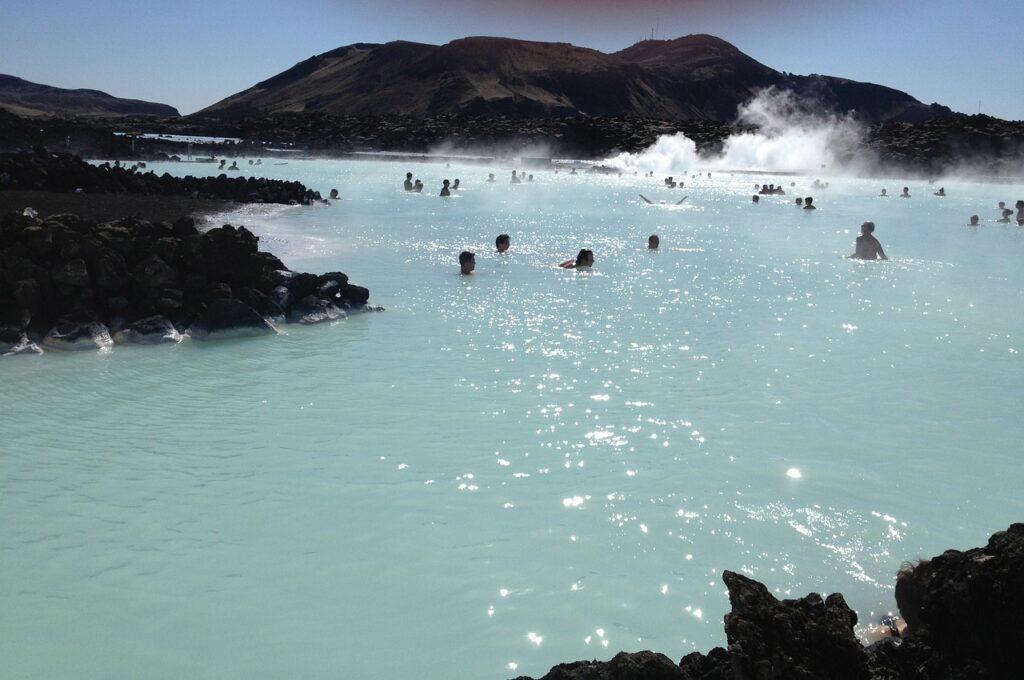
C. Role of Geothermal Energy in Iceland’s Sustainability Efforts
Take note, world: Geothermal energy is to Iceland what Ironman is to the Avengers – a powerhouse. Harnessing the heat from beneath, Iceland exploits this renewable resource for heating, electricity, and even spa experiences. Their transformation from a coal-dependent nation to a geothermal tycoon is a shining beacon of sustainable development. High-five, Mother Nature!
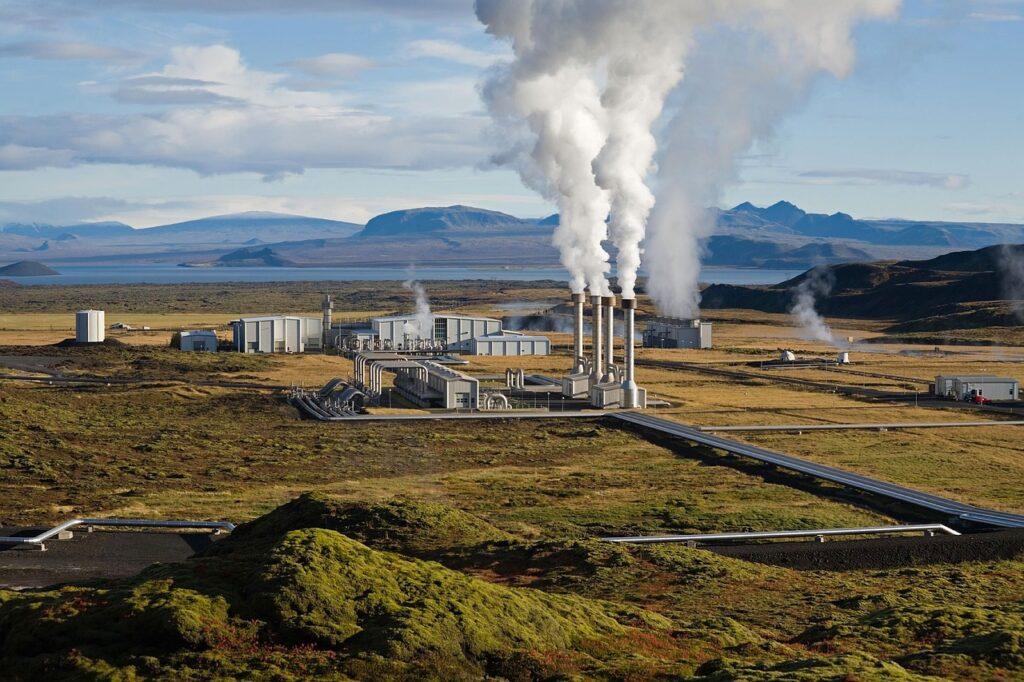
V. Magnificent Fjords and Dramatic Cliffs: Coastal Landscapes**
A. Overview of the Formation of Fjords and Cliffs
If you fear heights, Iceland’s towering fjords and dramatic cliffs are a perfect antidote. Deeply gouged by ancient glaciers, the majestic fjords snake their way around the island, creating landscape poems written over millennia. While the cliffs offer a sheer drop into the churning waves, turning every glance seaward into a fascinating duel between land, sea, and sky.
B. Highlights on Iceland’s Best Fjord Regions: Westfjords, East Fjords, and More
Want to play hide n’ seek with towering fjords? Try the raw, rugged beauty of the Westfjords, or the spectacular East Fjords —there’s no shortage of hidey holes. The scenic fjord regions are geological art masterpieces, weaving a riveting tapestry of land and sea, wildlife, and unabashed adventure.
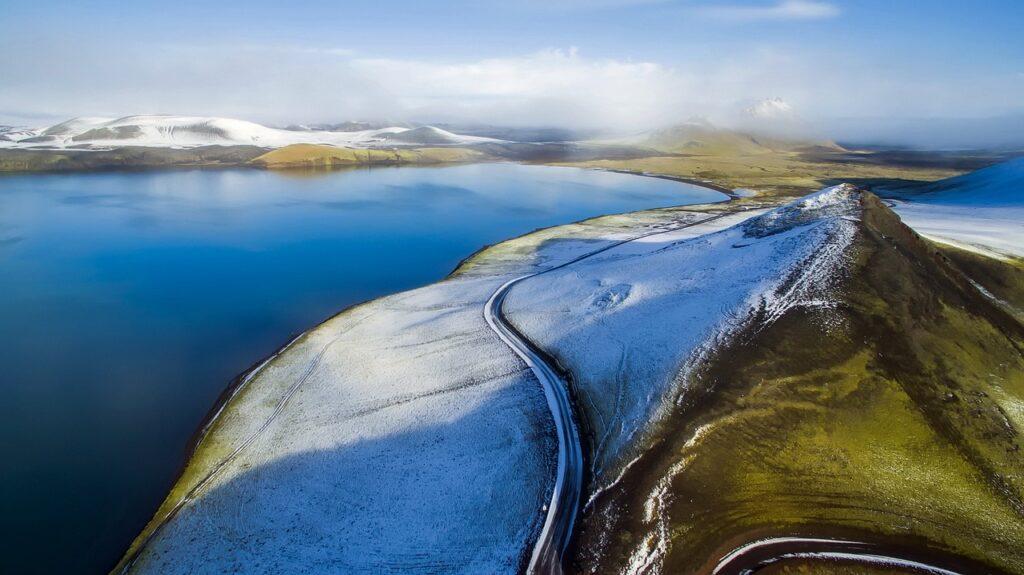
C. Impact of Sea-erosion on Iceland’s Coastal Geology
Think sea erosion only leads to trouble? Think again! Sure, it nibbles away at the land over time, but it also helps sculpt the breathtaking coastal landscapes, fjords, and cliffs in Iceland—so it’s not all bad, eh? It’s like the sea is Iceland’s stylist, giving the shores a ‘snip-snip’ here and a ‘tuck-tuck’ there.
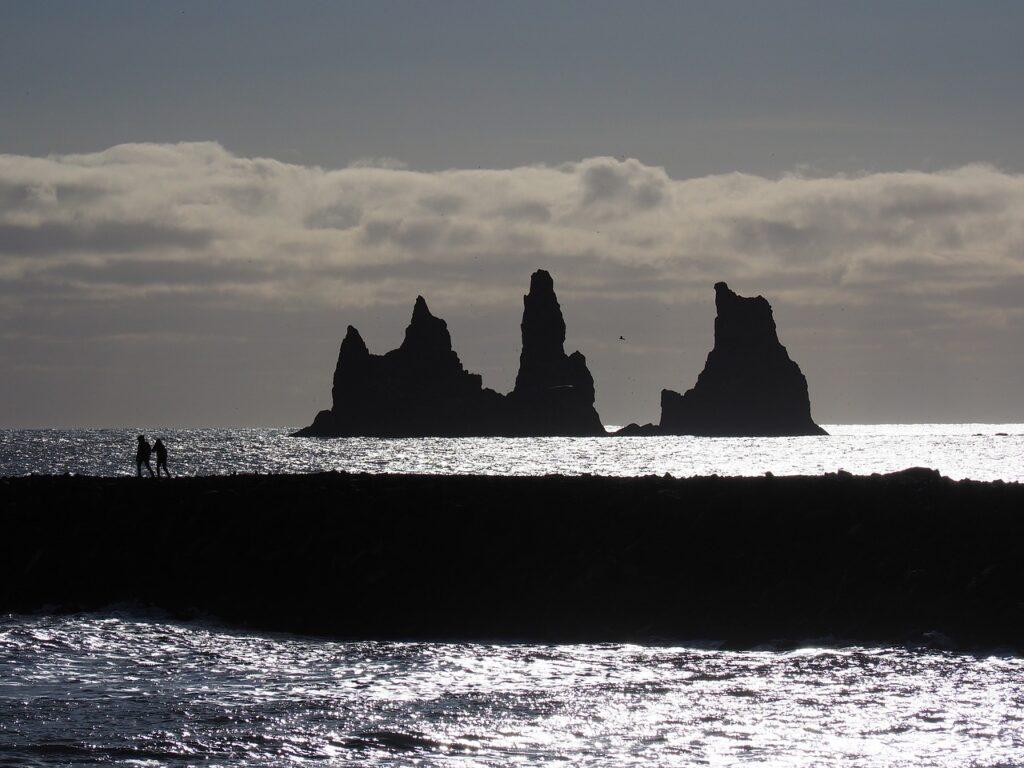
VI. Summary – The Wonders of Iceland
A. Recap of the Main Geological Features and Landscapes
As we traipsed across the fiery craters and icy crevasses of Iceland, we spotted tectonic twerks, frolicked across lava fields, got steamy with geysers, and challenged heights on fjords and cliffs. Pretty much a blockbuster geological adventure, wouldn’t you say?
B. Confluence of Fire and Ice: Reflecting on Iceland’s Geological Uniqueness
The magic of Iceland stems from its peculiar recipe: just take a pinch of fire, a handful of ice, stir them together and voila! Quality geology, at your fingertips. This combination of ice caps and fiery craters, coupled with the steamy geothermal activity, delivers a landscape of contrasts that’s unique to Iceland alone. Call it what you want—but we like to think of it as Nature’s grand opus.
C. The Role of Iceland’s Geology in Global Environmental Studies
Beyond the spectacle for eyes and playground for adventurers, Iceland serves as a living textbook for global environmental studies. Its dynamic geology offers insights into natural phenomena, climate change impacts, and even sustainable harnessing of natural and renewable energy. For the curiously inclined, there’s a lesson etched into every volcanic rock and glacier ice sheet.
VII. Frequently Asked Questions**
A. Why is there so much geological activity in Iceland?
Think of Iceland as trapped in a love-hate relationship between two tectonic plates. They love each other, but they’re gradually drifting apart. This rift spawns a lot of geological drama that includes volcanoes belching fiery lava, crust rising from beneath, and geysers erupting with a hiss. All in a day’s work for Iceland.
B. How does Iceland benefit from its unique geology?
Think about it. You’ve got hot water erupting from the ground— free heating! Not to mention, the landscape itself is a tourist magnet. The geology provides fertile soils for farming, mineral-rich grounds for mining, and a boatload of locations for shooting Game of Thrones. Also, let’s not forget—the endless opportunities for scientific research.
C. What precautions should tourists take while exploring these sites?
Don’t try to toast marshmallows over a geyser or carve your name into a historic lava field. Besides obvious “don’ts,” it’s recommended to stick to designated paths and guides, inform someone about your travel plans, and wear proper gear for harsh weather. Although Iceland’s geological wonders are friendly, they’re still wild at heart. Revel in their glory but remember to tread lightly.


